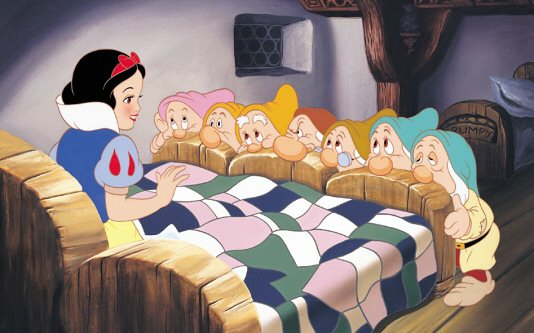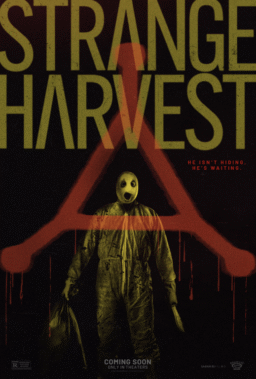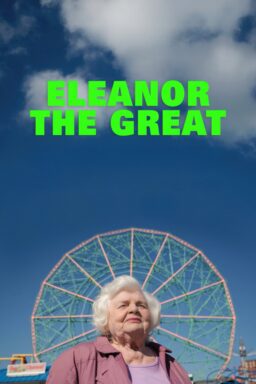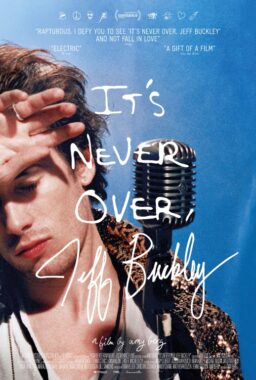Here you’ll find my list from Dec. 30, 1999.
To celebrate its 25th anniversary Turner Classic Movies has selected the 15 most influential films of all time. It’s a good list. As much as I think all such lists are debatable rankings of apples and oranges, that didn’t prevent me from selecting my own ten best films of the century at the turn of the millenium.
The TCM list was assembled “under the guidance of many experts,” the network explains somewhat vaguely, including its host, Robert Osborne, who knows his movies. Here is the list of 15 and their reasoning, accompanied by a link to my own list of ten. I’ve put an asterisk before four titles on both lists.
* * *
* “The Birth of a Nation” (1915)
During a time when Europe seemed to have a monopoly on feature films, D.W. Griffith struck out to make an epic that would help define American cinema. “The Birth of a Nation” also became one of the greatest outrages in film history, introducing destructive stereotypes of black men and women and glorifying the Ku Klux Klan.
* “The Battleship Potemkin” (1925)
The “Odessa Steps” sequence in “Battleship Potemkin” may be the most influential scene in film history. Drawing on montages in “The Birth of a Nation” and “Intolerance,” Sergei Eisenstein used mini-stories and repeated shots of specific characters and groups to humanize his story.
“Metropolis” (1927)
Arguably the most influential science-fiction film ever made, “Metropolis” has inspired everything from video games to rock videos to comic books. The film’s futuristic sets helped spread the popularity of art deco, while the gadget-filled lab of mad scientist Rotwang became a sci-fi staple.
“42nd Street” (1933)
Although musicals helped launch talkies, the genre was box office poison by 1933. Visionary producer Darryl F. Zanuck had the idea for a backstage story that would capture the effect of the Depression on hard-working chorus girls. He was smart enough to put Busby Berkeley in charge of the dance routines, and his geometric patterns and dazzling camera movements both revitalized musicals and saved Warner Bros. from bankruptcy.
“It Happened One Night” (1934)
The surprise success of “It Happened One Night” made Frank Capra one of the screen’s top directors and provided the prototype for a decade of screwball comedies. Romantic comedies like “When Harry Met Sally…” and “The Sure Thing” draw on the rapid banter, outrageous comic situations and sexy road trip of “It Happened One Night.” The movie even provided inspiration for one of the screen’s most enduring characters, Bugs Bunny.
* “Snow White and the Seven Dwarfs” (1937)
“Disney’s Folly” was the name most Hollywood insiders gave to the dream of producing the nation’s first animated feature. But “Snow White and the Seven Dwarfs” didn’t just look better than any previous Disney film. It looked better than most major studio productions. For better or worse, “Snow White” set U.S. animation in pursuit of a more realistic look for decades to come.
“Gone With the Wind” (1939)
If one film epitomizes the Hollywood blockbuster, it is “Gone With the Wind.” Scarlett O’Hara has inspired a legion fiery females caught in the sweep of history, most notably Kate Winslet in “Titanic.” For decades, filmmakers have drawn on David O. Selznick’s work to create and sell romantic dreams writ large on the screen.
“Stagecoach” (1939)
John Ford’s mixture of character depth and hard-riding action reminded audiences that the winning of the West was more than just popcorn fodder. Ford’s work inspired Orson Welles, who screened the film 40 times while shooting “Citizen Kane.”
* “Citizen Kane” (1941)
Working with a level of control rare in Hollywood, Orson Welles paved the way for director-centric cinema that has produced some of the screen’s greatest achievements and worst excesses. By combining deep-focus photography, directional sound, overlapping dialogue and a fragmented narrative assembled from several different viewpoints, he created a film audiences experienced as they did the real world.
“The Bicycle Thief” (1947)
Director Vittorio De Sica was part of a movement to take cinema back to the streets. Shot on real locations with a factory worker in the leading role,”The Bicycle Thief” was among several post-war Italian films that provided an alternative to Hollywood’s big-budget studio productions.
“Rashomon” (1950)
Akira Kurosawa’s groundbreaking film put Japanese cinema on the international map. His editing techniques gave it a sensual power that attracted audiences to the emotionally charged story. Kurosawa transcended the challenges of a low budget and censorship to create a new cinematic world that would inspire filmmakers like George Lucas and Martin Scorsese.
“The Searchers” (1956)
Almost 20 years after revitalizing Westerns with “Stagecoach,” director John Ford pointed the genre in a new direction. “The Searchers” offers one of the screen’s first attempts to depict racism underlying U.S.-native relations. Ford views the problem from both sides, showing how John Wayne’s obsessed Indian hunter Ethan Edwards and the equally obsessed Comanche chief, Scar, have been shaped by violent acts of the past.
“Breathless” (1960)
With jarring cuts between scenes, jump cuts within them and long takes filled with dizzying camera movements, “Breathless” made the movies move as never before. Director Jean-Luc Godard created a cinema of reinvention, shooting as if the medium had only just popped into existence.
“Psycho” (1960)
Following big-budget productions like “North by Northwest,” Alfred Hitchcock found inspiration in a low-budget, black-and-white horror. “Psycho” re-defined the genre with major surprises, like killing star Janet Leigh a third of the way into the movie. The crazed-killer character became a horror film staple, leading to slasher flicks like “Halloween” and “Friday the 13th.”
“Star Wars” (1977)
With Star Wars, Hollywood discovered new markets for merchandising – not just toys, but novels, comics, television series and eventually video games. These constituted the “Star Wars Expanded Universe,” which included a series of sequels unlike any ever seen. Lucas later re-titled the film “Star Wars Episode IV: A New Hope.”












